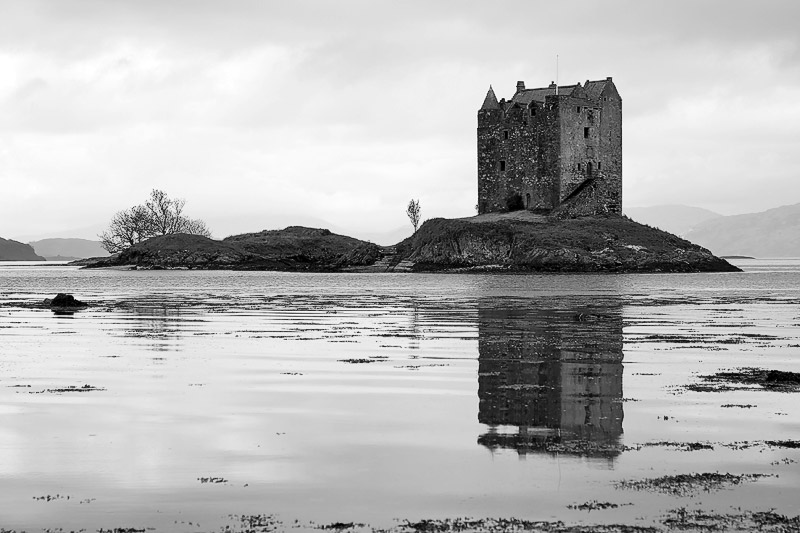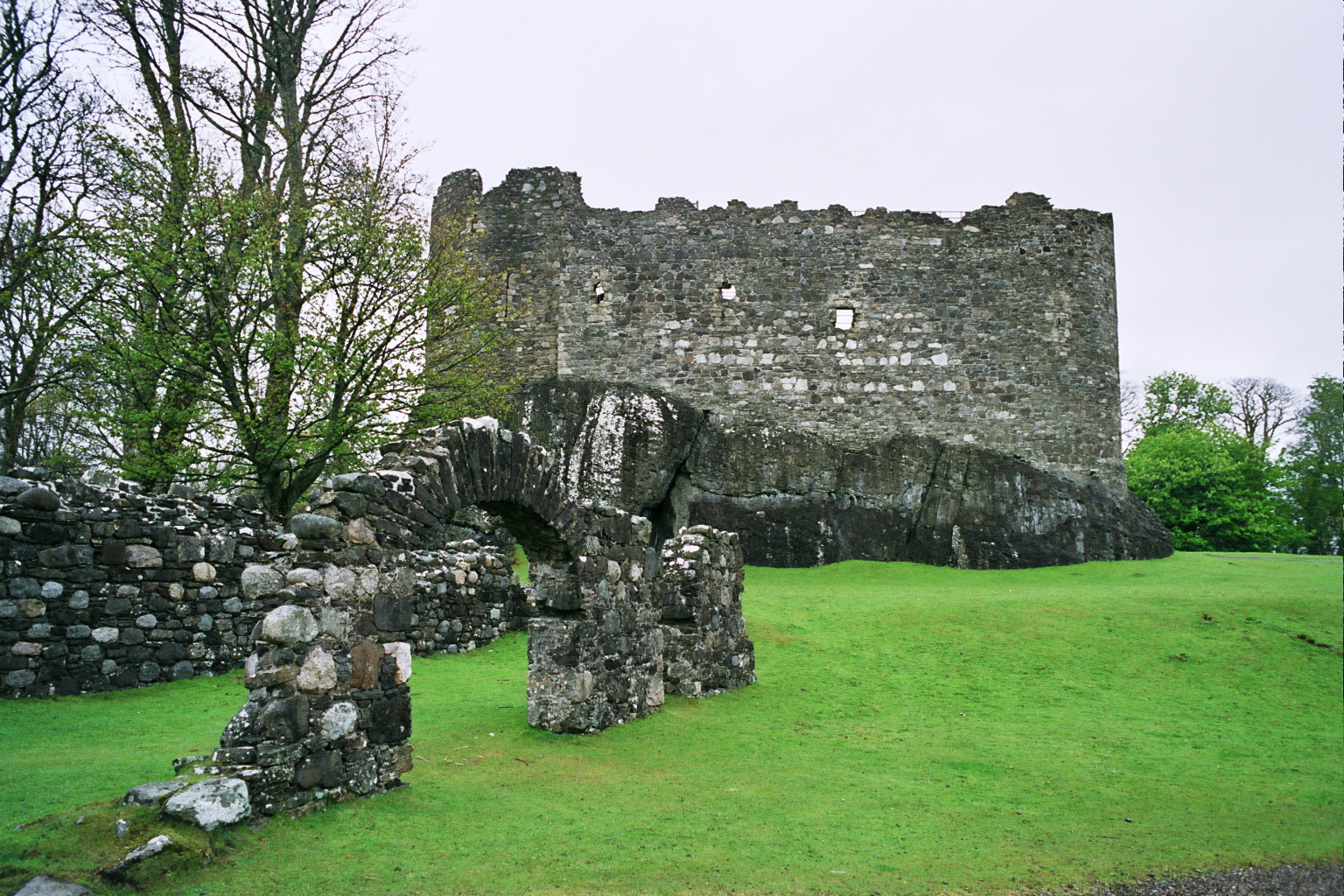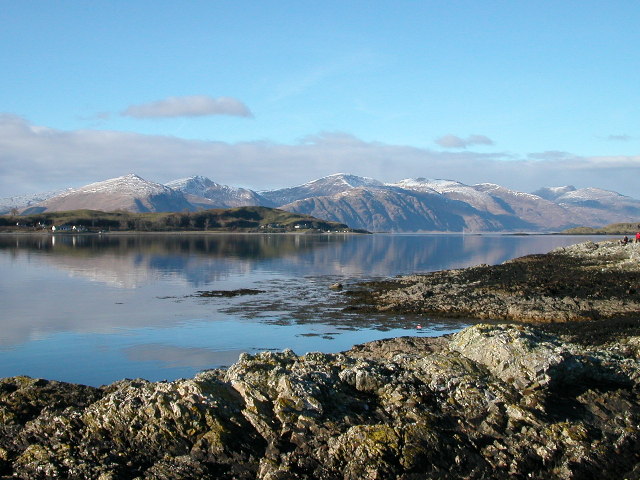|
Clan Stewart Of Appin
Clan Stewart of Appin is the West Highland branch of the Clan Stewart and have been a distinct clan since their establishment in the 15th century. Their Chiefs are descended from Sir James Stewart of Perston, who was himself the grandson of Alexander Stewart, the fourth High Steward of Scotland. His cousin Walter Stewart, the 6th High Steward, married Marjorie Bruce, the daughter of King Robert the Bruce, and their son Robert II was the first Stewart Monarch. The Stewarts of Appin are cousins to the Royal Stewart Monarchy.Starforth, Michael (1997). ''A Short History of Clan Stewart of Appin, 1463–1752, and unfailing loyalty to the Royal House of Stewart.'' Appin Historical Society. .''The Stewarts of Appin''. Stewart and Stewart. 1880. History Origins of the clan The Appin Stewarts is the West Highland branch of Clan Stewart, descend from Sir James Stewart of Perston, 4th son of Sir John Stewart of Bonkill, second son of Alexander, the 4th High Steward of Scotland. Si ... [...More Info...] [...Related Items...] OR: [Wikipedia] [Google] [Baidu] |
Appin
Appin ( gd, An Apainn) is a coastal district of the Scottish West Highlands bounded to the west by Loch Linnhe, to the south by Loch Creran, to the east by the districts of Benderloch and Lorne, and to the north by Loch Leven. It lies northeast to southwest, and measures . The name, meaning "abbey land", in reference to Ligmore Abbey, is derived from the Middle Irish ''apdaine''. The district is mainly in Argyll and Bute, with a coastal strip to the north, along Loch Leven, within the Highland council area. The scenery of the district is a combination of seascapes with rugged and mountainous country inland. Appin forms part of the Lynn of Lorn National Scenic Area, one of 40 in Scotland. . SNH. Retrieved 30 Mar 2011. The principal hills are double peaks of [...More Info...] [...Related Items...] OR: [Wikipedia] [Google] [Baidu] |
Robert II Of Scotland
Robert II (2 March 1316 – 19 April 1390) was King of Scots from 1371 to his death in 1390. The son of Walter Stewart, 6th High Steward of Scotland, and Marjorie, daughter of King Robert the Bruce, he was the first monarch of the House of Stewart. Upon the death of his uncle David II, Robert succeeded to the throne. Edward Bruce, younger brother of Robert the Bruce, was named heir presumptive but died childless on 3 December 1318. Marjorie Bruce had died probably in 1317 in a riding accident and Parliament decreed her infant son, Robert Stewart, as heir presumptive, but this lapsed on 5 March 1324 on the birth of a son, David, to King Robert and his second wife, Elizabeth de Burgh. Robert Stewart became High Steward of Scotland on his father's death on 9 April 1327, and in the same year Parliament confirmed the young Steward as heir should David die childless. In 1329 King Robert I died and his five-year-old son succeeded to the throne as David II under the guardianship of Thom ... [...More Info...] [...Related Items...] OR: [Wikipedia] [Google] [Baidu] |
Crieff
Crieff (; gd, Craoibh, meaning "tree") is a Scottish market town in Perth and Kinross on the A85 road between Perth and Crianlarich, and the A822 between Greenloaning and Aberfeldy. The A822 joins the A823 to Dunfermline. Crieff has become a hub for tourism, famous for whisky and its history of cattle droving. Attractions include the Caithness Glass Visitor Centre and Glenturret Distillery. The nearby Innerpeffray Library (founded about 1680) is Scotland's oldest lending library. St Mary's Chapel beside it dates from 1508. Both are open to the public: the library is run by a charitable trust; the chapel is in the care of Historic Scotland. History For a number of centuries Highlanders came south to Crieff to sell their black cattle, whose meat and hides were avidly sought by the growing urban populations in Lowland Scotland and the north of England. The town acted as a gathering point for the Michaelmas cattle sale held during the "October Tryst" each year, when the surrou ... [...More Info...] [...Related Items...] OR: [Wikipedia] [Google] [Baidu] |
Dunstaffnage Castle
Dunstaffnage Castle ( gd, Caisteal Dhùn Stadhainis) is a partially ruined castle in Argyll and Bute, western Scotland. It lies NNE of Oban, situated on a platform of conglomerate rock on a promontory at the south-west of the entrance to Loch Etive, and is surrounded on three sides by the sea. The castle and the nearby chapel ruin have been a Historic Scotland property since 1958. Both are Scheduled Ancient Monuments. The castle dates back to the 13th century, making it one of Scotland's oldest stone castles, in a local group which includes Castle Sween and Castle Tioram. Guarding a strategic location, it was built by the MacDougall lords of Lorn, and has been held since the 15th century by the Clan Campbell. To this day there is a hereditary Captain of Dunstaffnage, although they no longer reside at the castle. Dunstaffnage is maintained by Historic Environment Scotland, and is open to the public, although the 16th century gatehouse is retained as the private property of th ... [...More Info...] [...Related Items...] OR: [Wikipedia] [Google] [Baidu] |
Clan Campbell Clan Map
A clan is a group of people united by actual or perceived kinship and descent. Even if lineage details are unknown, clans may claim descent from founding member or apical ancestor. Clans, in indigenous societies, tend to be endogamous, meaning that their members can marry one another. Clans preceded more centralized forms of community organization and government, and exist in every country. Members may identify with a coat of arms or other symbol to show that they are an . Kinship-based groups may also have a symbolic ancestor, whereby the clan shares a "stipulated" common ancestor who serves as a symbol of the clan's unity. Etymology The English word "clan" is derived from old Irish meaning "children", "offspring", "progeny" or "descendants"; it is not from the word for "family" or "clan" in either Irish or Scottish Gaelic. According to the ''Oxford English Dictionary'', the word "clan" was introduced into English in around 1425, as a descriptive label for the organization ... [...More Info...] [...Related Items...] OR: [Wikipedia] [Google] [Baidu] |
Eilean Munde
Eilean Munde is a small uninhabited island in Loch Leven, close to Ballachulish. It is the site of a chapel built by St. Fintan Mundus (also known as Saint Fintan Munnu), who travelled here from Iona in the 7th century. The church was burnt in 1495 and rebuilt in the 16th century. The last service in the church was held in July, 1653. The island is the site of a graveyard once used by the Stewarts of Ballachulish, the MacDonalds of Glencoe and the Camerons of Callart. The clans shared the island and the maintenance of the graveyard, even when there was conflict between them. The last burial took place in 1972, of Mrs Christina MacDonald Sharpe, a native of Glencoe. Eilean a' Chomhraidh Near Eilean Munde (or Mhunna) is a smaller island, Eilean a' Chomhraidh (Eilean na Comhairle) or the Isle of Discussion. This was the meeting-place of those persons who had disputes with their neighbours on the land question, and perhaps on other matters besides. When their disputes had be ... [...More Info...] [...Related Items...] OR: [Wikipedia] [Google] [Baidu] |
MacLea
The Clan MacLea is a Highland Scottish clan, which was traditionally located in the district of Lorn in Argyll, Scotland, and is seated on the Isle of Lismore. There is a tradition of some MacLeas Anglicising their names to Livingstone, thus the Clan Livingstone Society's website also refers to the clan as ''the Highland Livingstones''. The current chief of Clan MacLea was recognised by Lord Lyon as the "''Coarb of Saint Moluag''" and the "''Hereditable Keeper of the Great Staff of Saint Moluag''." Origins Origin of the names MacLea and Livingstone There are conflicting theories of the etymology of MacLea, MacLay and similar surnames, and they could have multiple origins. The name may be an Anglicisation of ''Mac an Léigh'' (Scottish Gaelic), meaning ''son of the physician''. In addition to MacLea, the Gaelic language surname Mac an Léigh is also anglicized to McKinley (surname) and MacNulty. The leading theory today, however, is that the name MacLea is derived from the pat ... [...More Info...] [...Related Items...] OR: [Wikipedia] [Google] [Baidu] |
Lismore, Scotland
Lismore ( gd, Lios Mòr, possibly meaning "great enclosure" or "garden") is an island of some in the Inner Hebrides of Scotland. The climate is damp and mild, with over of rain recorded annually. This fertile, low-lying island was once a major centre of Celtic Christianity, with a 6th-century monastery associated with Saint Moluag, and later became the seat of the medieval Bishop of Argyll. There are numerous ruined structures including a broch and two 13th-century castles. During the 19th century various new industries were introduced, including lime quarrying. During the early decades of the 20th century the population exceeded 1,000; but this was followed by a lengthy decline. Although resident numbers are now less than 200, there was a small increase from 2001 to 2011. About a third of the population were recorded as Gaelic-speaking at the former date. The modern economy is largely based on farming, fishing and tourism and the largest settlement is Achnacroish. Various sh ... [...More Info...] [...Related Items...] OR: [Wikipedia] [Google] [Baidu] |
Argyll
Argyll (; archaically Argyle, in modern Gaelic, ), sometimes called Argyllshire, is a historic county and registration county of western Scotland. Argyll is of ancient origin, and corresponds to most of the part of the ancient kingdom of on Great Britain. Argyll was also a medieval bishopric with its cathedral at Lismore, as well as an early modern earldom and dukedom, the Dukedom of Argyll. It borders Inverness-shire to the north, Perthshire and Dunbartonshire to the east, and—separated by the Firth of Clyde—neighbours Renfrewshire and Ayrshire to the south-east, and Buteshire to the south. Between 1890 and 1975, Argyll was an administrative county with a county council. Its area corresponds with most of the modern council area of Argyll and Bute, excluding the Isle of Bute and the Helensburgh area, but including the Morvern and Ardnamurchan areas of the Highland council area. There was an Argyllshire constituency of the Parliament of Great Britain then Parli ... [...More Info...] [...Related Items...] OR: [Wikipedia] [Google] [Baidu] |
Ballachulish
The village of Ballachulish ( or , from Scottish Gaelic ) in Lochaber, Highland, Scotland, is centred on former slate quarries. The name Ballachulish (Ballecheles, 1522 – Straits town) was more correctly applied to the area now called North Ballachulish, to the north of Loch Leven, but was usurped for the quarry villages at East Laroch and West Laroch, either side of the River Laroch, which were actually within Glencoe and South Ballachulish respectively. Overview The principal industry is now tourism. The name Ballachulish (from Scottish Gaelic, ''Baile a' Chaolais'') means "the Village by the Narrows". The narrows in question is Caolas Mhic Phàdraig – Peter or Patrick's son's narrows, at the mouth of Loch Leven. As there was no road to the head of Loch Leven until 1927, the Ballachulish Ferry, established in 1733, and those at Invercoe/Callert and ''Caolas na Con'' were essential. The Ballachulish ferry closed in December 1975 when the Ballachulish Bridge ... [...More Info...] [...Related Items...] OR: [Wikipedia] [Google] [Baidu] |
Benderloch
Benderloch ( gd, Meadarloch, ) is a village in Argyll and Bute, Scotland. The name is derived from ''Beinn eadar dà loch'', meaning "mountain between two lochs". Benderloch lies on the A828 road in the coastal parish of Ardchattan, Argyll, Scotland. It grew up as the railway line from Ballachullish to Connel was completed in the early part of the 1900s, between the older locations of Selma and Craigneuk. Its railway station Rail transport (also known as train transport) is a means of transport that transfers passengers and goods on wheeled vehicles running on rails, which are incorporated in tracks. In contrast to road transport, where the vehicles run on a prep ... closed in 1966. Benderloch has a village shop (the renowned "Pink Shop"), garage, caravan and leisure store, cafe and a forest walk up to a viewpoint on the summit of Beinn Lora. Benderloch forms part of the Lynn of Lorn National Scenic Area, one of forty in Scotland. [...More Info...] [...Related Items...] OR: [Wikipedia] [Google] [Baidu] |
Lord Of Lorne
''For the Child ballad, see The Lord of Lorn and the False Steward.'' Lord of Lorne is a title in the Peerage of Scotland that has been created twice. ;First Creation The title was first created for Robert Stewart of Durisdeer (died 1403), son of John Stewart of Innermeath (died 1421). Robert's mother was Isabel MacDougall, daughter of John Gallda MacDougall, Lord of Lorne (died 1371×1377). The MacDougalls, formerly exiled from their Argyll lands in the reign of Robert I, King of Scotland (died 1329), had been restored to their Lorne lands in the reign of David II, King of Scotland. The close association between John Gallda and David meant that the former was out of favour in the succeeding Stewart regime under Robert II, King of Scotland (died 1390). When John Gallda died without a male heir his two legitimate daughters, including Isabel, were subsequently married off to the sons of John Stewart of Innermeath. Robert Stewart, 1st Lord of Lorne was succeeded by his oldest so ... [...More Info...] [...Related Items...] OR: [Wikipedia] [Google] [Baidu] |









